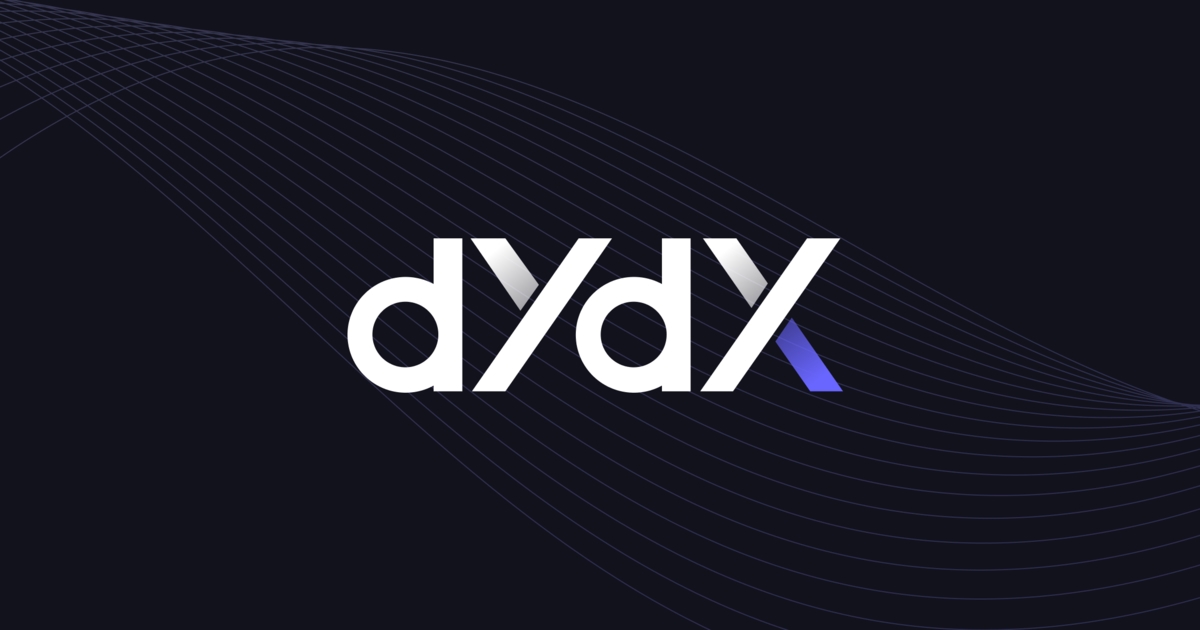dYdX Introduces MegaVault: A New USDC Yield Feature
Felix Pinkston Aug 06, 2024 16:27
dYdX announces MegaVault, a feature enabling USDC deposits for liquidity provision and yield generation, with automated market-making strategies across various markets.

dYdX has unveiled MegaVault, a user-facing feature designed to enable users of the dYdX Chain to deposit USDC, provide liquidity to various markets, and earn yield in return. This new feature is currently under active development and is expected to be released in the coming months, according to dYdX.
Overview
MegaVault aims to enhance the trading experience on the dYdX platform by allowing users to deposit USDC, which will be used to run automated market-making strategies. The yield generated from these strategies will be distributed to the depositors. The feature will allow users to deposit and withdraw USDC at any time, making it a flexible option for those looking to earn yield.
Vault Mechanics
The MegaVault will operate multiple “sub-vaults,” each dedicated to a specific market. When users deposit USDC, the funds will be allocated to these sub-vaults. The yield generated from all sub-vaults will be aggregated and distributed to the MegaVault depositors. This setup aims to optimize liquidity across various markets on the dYdX Chain.
Deposits and Withdrawals
Users can deposit USDC into MegaVault at any time and start accruing yield immediately. Withdrawals will also be possible at any time, although users may experience “slippage” depending on market conditions and the status of the MegaVault’s positions. Future iterations of the software may include restrictions such as lockup periods for withdrawals, particularly for deposits linked to new market listings.
Role of the Operator
Initially, an “operator” elected via governance will handle tasks like moving USDC between sub-vaults and adjusting parameters that control the vault’s quoting strategy. As the feature evolves, the need for manual operations may diminish, potentially eliminating the role of the operator.
Frequently Asked Questions
Where does the MegaVault yield come from?
Yield can be derived from various sources, including PnL on vault positions, trading fee revenue shares, and other protocol incentives. Governance or any deployer of the dYdX Chain software can configure certain parameters, such as the portion of trading fee revenue to share with MegaVault.
Can MegaVault depositors lose money?
Yes, there is no guarantee of positive yield. The performance of the MegaVault depends on numerous factors, including market conditions and vault positions. For instance, if the vault holds a long position and the market price drops, the vault’s net equity will decrease.
How much yield can depositors expect?
Yield is not guaranteed and depends on many factors outside the protocol’s control.
What sort of restrictions can be placed on withdrawals?
The initial version will have no restrictions on withdrawals. However, future versions may include lockup periods, especially for deposits linked to new market listings.
Why would withdrawals incur “slippage?”
Slippage can occur due to increased leverage from collateral outflows or the need to close positions to cover withdrawal outflows.
Will users be able to directly interact with “sub-vaults?”
No, users cannot directly deposit into or withdraw from sub-vaults.
When will MegaVault be available?
MegaVault is currently under active development and is expected to be released in the coming months.
Terms and Conditions: This document provides information regarding the default settings of the dYdX Chain open-source software developed by dYdX Trading Inc. The characteristics of the dYdX Chain feature described are subject to change. dYdX does not deploy or run the software for public use, nor does it operate or control any infrastructure for any dYdX Chain deployment. dYdX services and products are not available to persons or entities in the United States, Canada, or restricted persons as defined in the dYdX Terms of Use. The content provided herein should not be considered financial, legal, tax, or investment advice. Users are responsible for conducting independent research and consulting professional advisors before taking any action.
Image source: Shutterstock.jpg)
